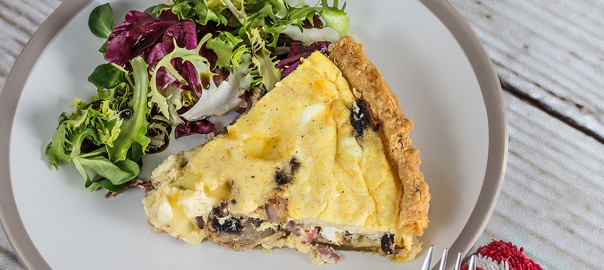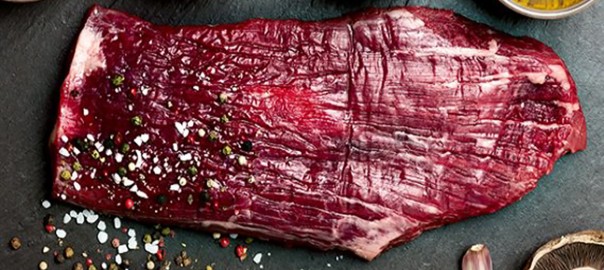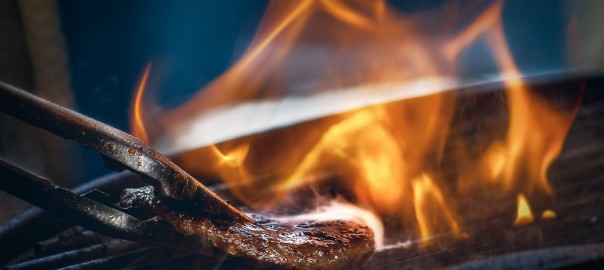If you’re craving takeout, try this easy, one skillet beef bulgogi recipe from our friends at Paleohacks for sweet and spicy flavor with zero soy, MSG, or preservatives!
Bulgogi is a popular Korean recipe that translates literally to “fire meat.” Super thin slices of strip steaks, sirloin steak, or ribeye are marinated in spices until tender, then grilled or pan-fried. The result is a sticky, crispy, and slightly spicy recipe that can be turned into a complete meal with a side of cauliflower rice or stir-fried veggie noodles.
The unique marinade includes ripe, grated Asian pear for sweetness, texture, and tang. The acidity in the pear also helps to tenderize the meat. If you can’t find Asian pears, a traditional pear will work just fine. To add a subtle spice to the marinade, use gochugaru, the bright red Korean red pepper. This powder is less spicy than cayenne and creates a balanced heat that lets the other flavors shine through.
Coconut sugar stands in for brown sugar, adding sweetness and helping to crisp the steak for delicious texture. Finally, toasted sesame oil adds nutty aroma while ginger, garlic, and coconut aminos add even more flavor and dimension.
To make the bulgogi, mix all the ingredients for the marinade together, add to the sliced beef, and refrigerate for at least two hours. Then, grease a medium skillet with avocado oil—not olive oil. Avocado oil has a high smoke heat point that can withstand high cooking temperatures without burning. Cook the steak about two minutes per side, in two batches.
To serve, top the hot steak slices with sesame seeds and scallions, and enjoy!
If you’re craving more takeout recipes but don’t feel like cooking, check out one of these 13 totally Paleo meal delivery options!
Paleohacks’ Korean-style BBQ Bulgogi Beef Skillet
Prep time- 10 minutes
Cook time- 10 minutes
Chill time- 4 hours
Total time- 4 hours, 20 minutes
Serves- 4
Tools
Mixing bowl
Skillet
Tongs
Ingredients
For the Marinade
1/3 cup grated Asian pear, peeled
1 T Korean red pepper (or chili powder)
1 T coconut sugar
1 T lime juice
2 T toasted sesame oil
2 T coconut aminos
1 clove garlic, minced
1/2 t ground ginger
1/4 t sea salt
For the Steak:
2 10-oz strip steaks, thinly sliced
1 t avocado oil
1/2 t sesame seeds, for serving
1/4 cup chopped green onion, for serving
Directions
1. Combine ingredients for marinade in a mixing bowl and stir well.
2. Add steak slices and stir to coat. Cover and refrigerate 2 to 4 hours.
3. Grease a skillet with avocado oil and heat over medium-high heat for a few minutes. When hot, use tongs to add half of the marinated steak strips and cook for 2 minutes. Flip and cook an additional 2 minutes.
4. Transfer steak to a bowl and repeat with remaining strips.
5. Serve the beef bulgogi hot garnished with sesame seeds and green onion.
















